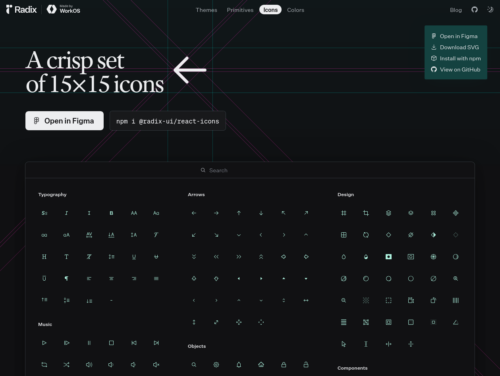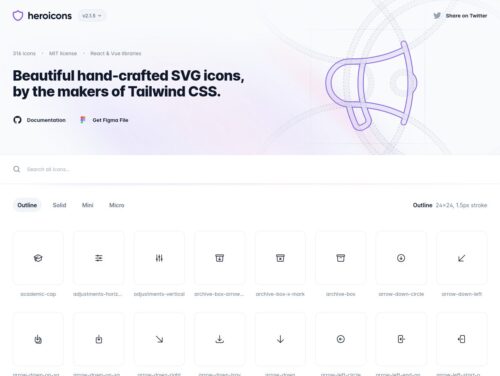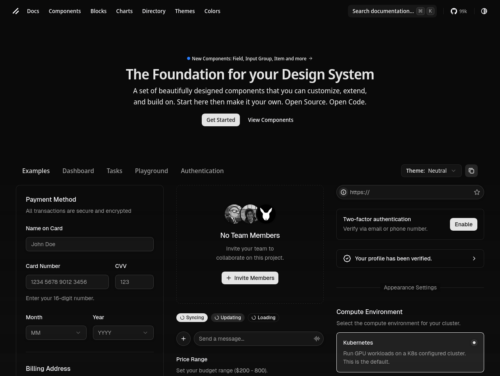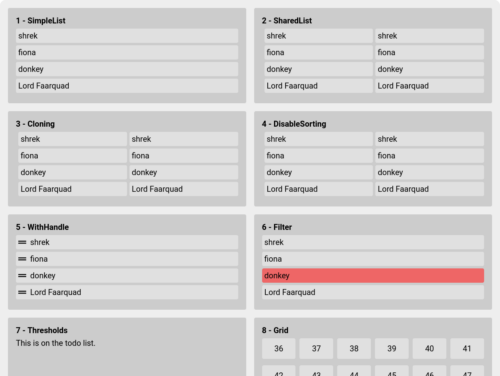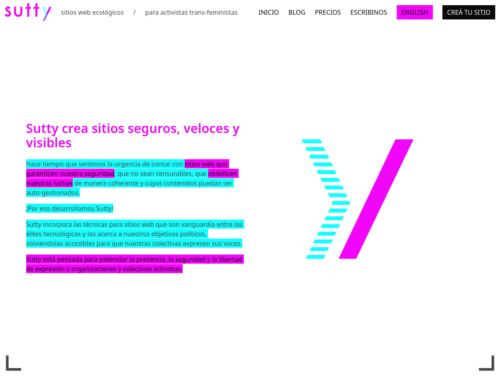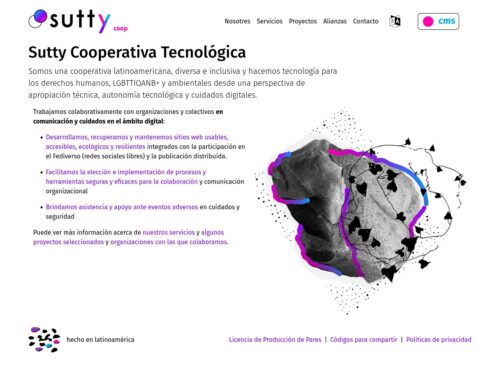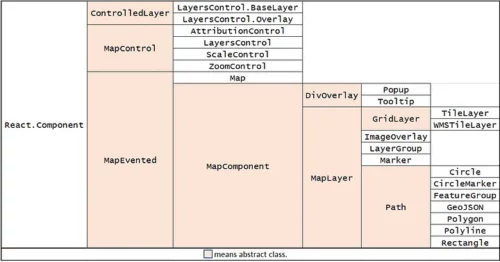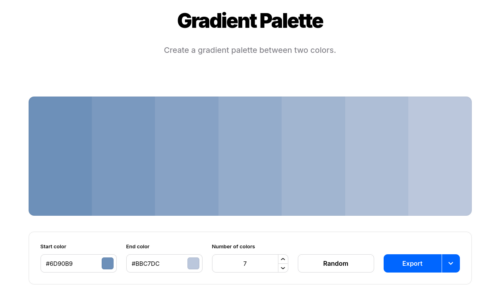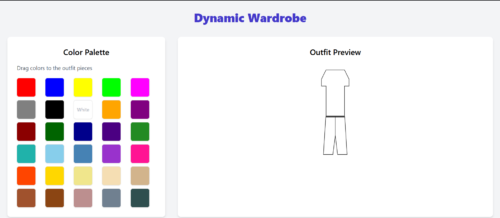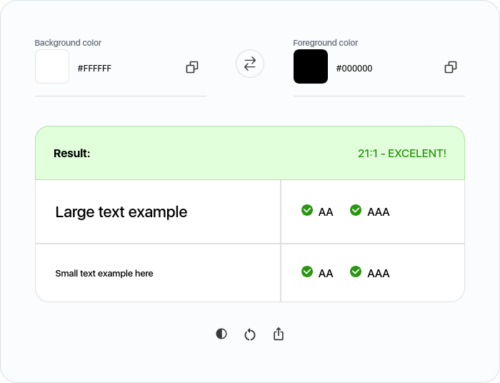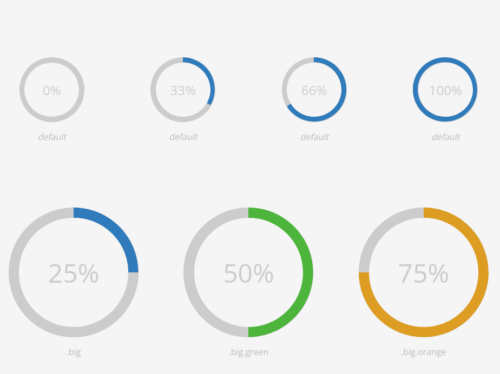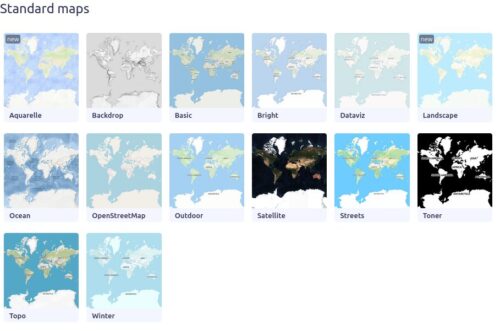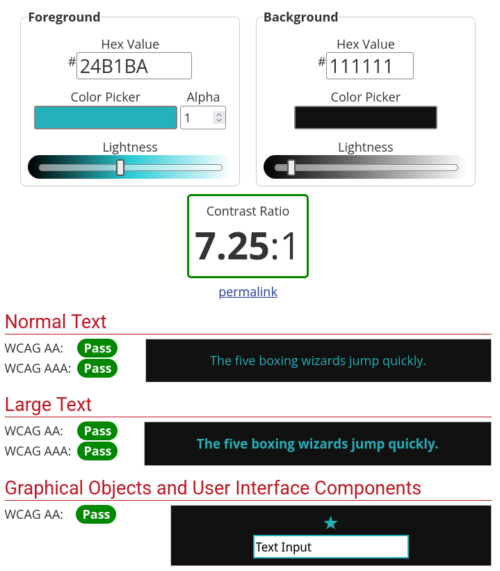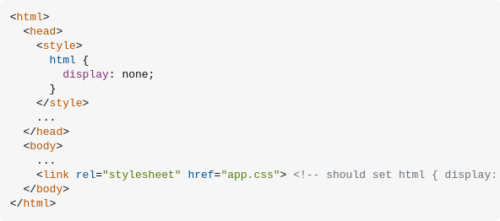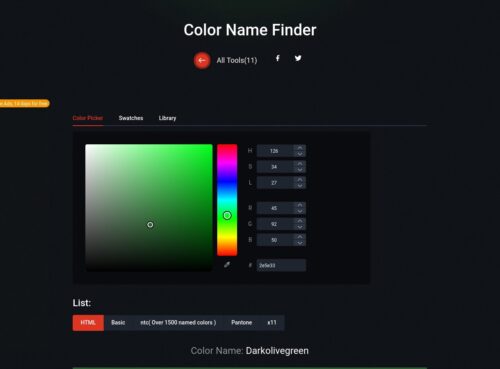The /llms.txt file
A proposal to standardise on using an /llms.txt file to provide information to help LLMs use a website at inference time.
Large language models increasingly rely on website information, but face a critical limitation: context windows are too small to handle most websites in their entirety. Converting complex HTML pages with navigation, ads, and JavaScript into LLM-friendly plain text is both difficult and imprecise.
While websites serve both human readers and LLMs, the latter benefit from more concise, expert-level information gathered in a single, accessible location. This is particularly important for use cases like development environments, where LLMs need quick access to programming documentation and APIs.
We propose adding a /llms.txt markdown file to websites to provide LLM-friendly content. This file offers brief background information, guidance, and links to detailed markdown files.

